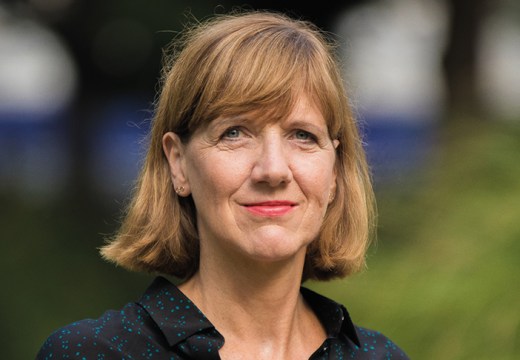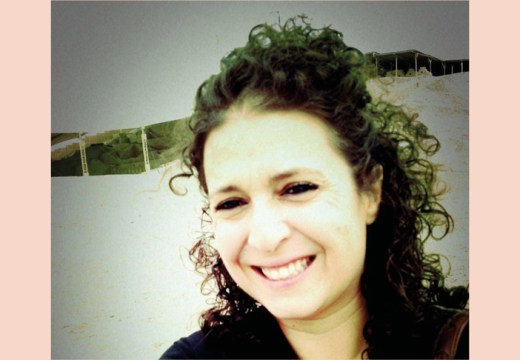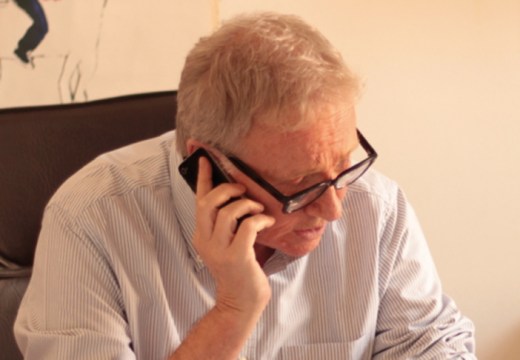Writer and critic, Cairo
You studied political science at Cairo University. How did you move into writing and journalism, and where did your interest in dance come from?
I majored in political science and economics and after graduation I was doing research at the university; at that time [2005] one of my very dear friends, Adham Hafez, started studying modern dance, and I used to attend some of the classes. I was completely taken by how exciting it all was; by the idea of using the body in a very particular way that is not tied to any particular tradition like ballet or traditional dance. Then Adham asked if I’d like to help with research on his graduation piece.
Then someone recommended I read Against Interpretation by Susan Sontag. I read it and thought, ‘OK, this is exactly what I want to do.’ I wrote a review of an exhibition at the Contemporary Image Collective in Cairo and sent it to one of the English-language magazines, the Daily News. And the editor said, ‘Actually this is good.’ And this is how it started.
The Cairography project – conceived by the HaRaKa collective – started because you found there was a dearth of critical writing on contemporary artistic practices in Egypt, is that right?
Yes, it’s an ongoing publication that is sponsored and edited by HaRaKa (a collective that Adham Hafez established, which I am part of), which works on contemporary research and contemporary dance and performance. It tied in with our feeling that there needed to be [a] body of critical writing out there, so that when we look back we can see and understand.
How important is art criticism and journalism in a climate such as Egypt’s?
The exhibitions or art productions or theatre or whatever was produced in the last eight years, some of it really spoke to a very specific urgency, whether directly or indirectly. Writing about it and engaging in debates about this work is absolutely crucial, because then people start to understand what really matters. What the arts do or can do in a context like Egypt is give you the chance to imagine something else, something yet to happen, something that you could not see. Giving the audience and the readers a space to think and create a discussion […] is a crucial part of that, in spite of the huge crackdown on the press.
In a recent article you wrote about Enzo Traverso’s idea of ‘the eternal present’ applying to Egypt right now. Do you feel art is a way out of the eternal present?
It is. The Contemporary Image Collective had a series of exhibitions about confinement and imprisonment and one of the chapters was called ‘Chronic: On Psychological Exhaustion as Public State’. It was the most beautiful exhibition I’ve been to, but also the most political in not being so political. It showed work from Italy, from Brazil, from Cairo, from Switzerland. It’s the perfect example of doing work that is very relevant to the moment. We could not have been more exhausted politically and psychologically by what was happening. But also, opening up what this conversation is about: so why are we exhausted? And is there a way around this exhaustion? There was a collective in Brazil where people were staging clown performances as a way to combat despair. Of course, a clown performance would not give you a road map to a new political reality, but that performance in itself would make you laugh at the absurdity of the political situation you’re in, and then you’re able to see it a little bit more clearly.
HaRaKa’s TransDance project is trans-disciplinary, looking at the visual arts in a performative context and vice versa. Does your interest in dance also overlap with your interest in gender studies?
When I was first introduced to modern and contemporary dance, I had immediate questions: ‘Who’s moving, which body is it and what is this body allowed to do?’ This of course brings the question of gender because if, for example, it’s women dancing, what are these women allowed to do? What are their bodies allowed to say? What kind of dance can they do?
You were recently associate editor of Modern Art in the Arab World: Primary Documents, published by MoMA in 2018. What about upcoming projects?
Fouad Halbouni and I are doing a series of seminars, ‘Mada Encounters’, on history and cultural memory, in the wake of 2011 and the post-2011 moment. We’ve done a seminar on the avant-garde art movements and the state, we’ve done one on cinema and the responses to the Six Day War in 1967; we’ve done one on Egyptian Jews and their legacy. The next one is on the idea of trying to read hope and despair post-2011 with reference to the Book of Job.
What advice would you give to aspiring writers?
Yes, poor souls… the advice I would give to any aspiring writer or critic is just keep doing what you’re doing. This is a choice of a profession or career that is entirely premised on perseverance. I’ve been working for 10 years and it’s been extremely hard. In Egypt, my advice to people who are aspiring writers or critics or cultural journalists, is that this is really not the time to follow fashions. That’s a much harder thing to do: to ignore what is fashionable, but to find what speaks to you in that particular moment.
Sophie Barling
See more 40 Under 40 Middle East Thinkers
Unlimited access from just $16 every 3 months
Subscribe to get unlimited and exclusive access to the top art stories, interviews and exhibition reviews.








